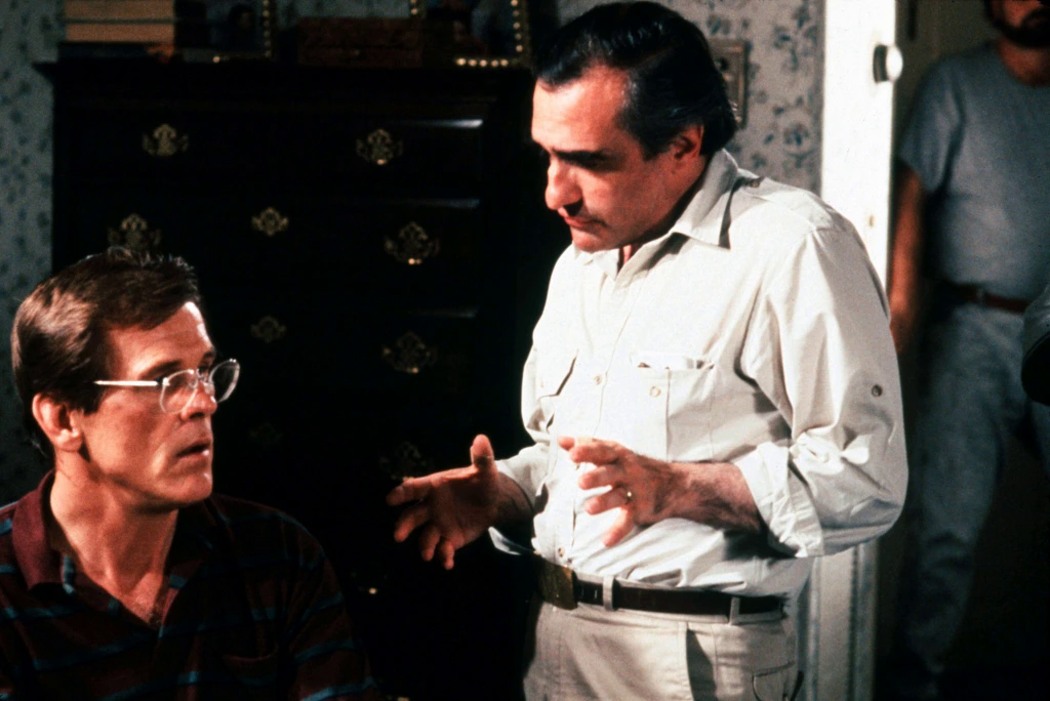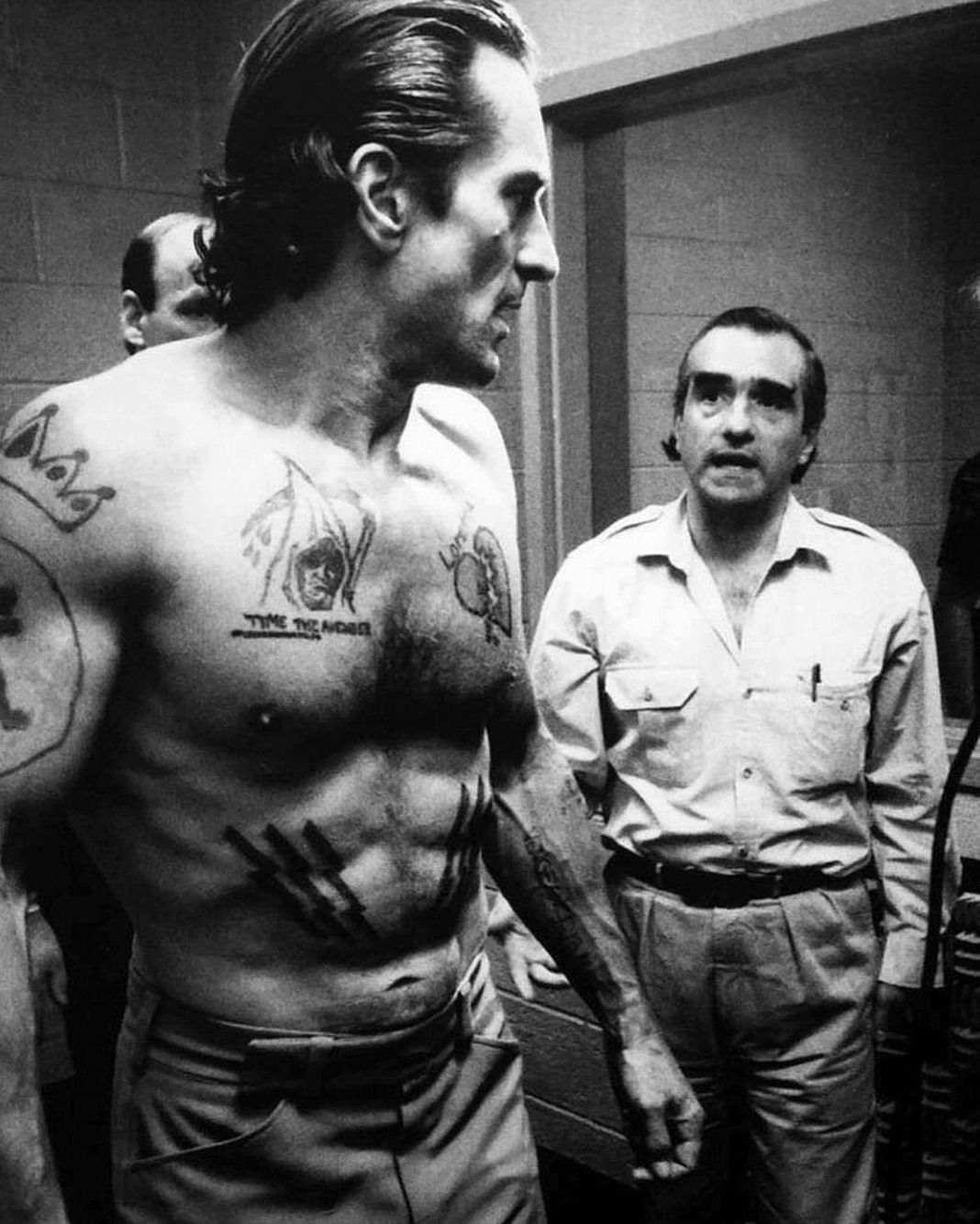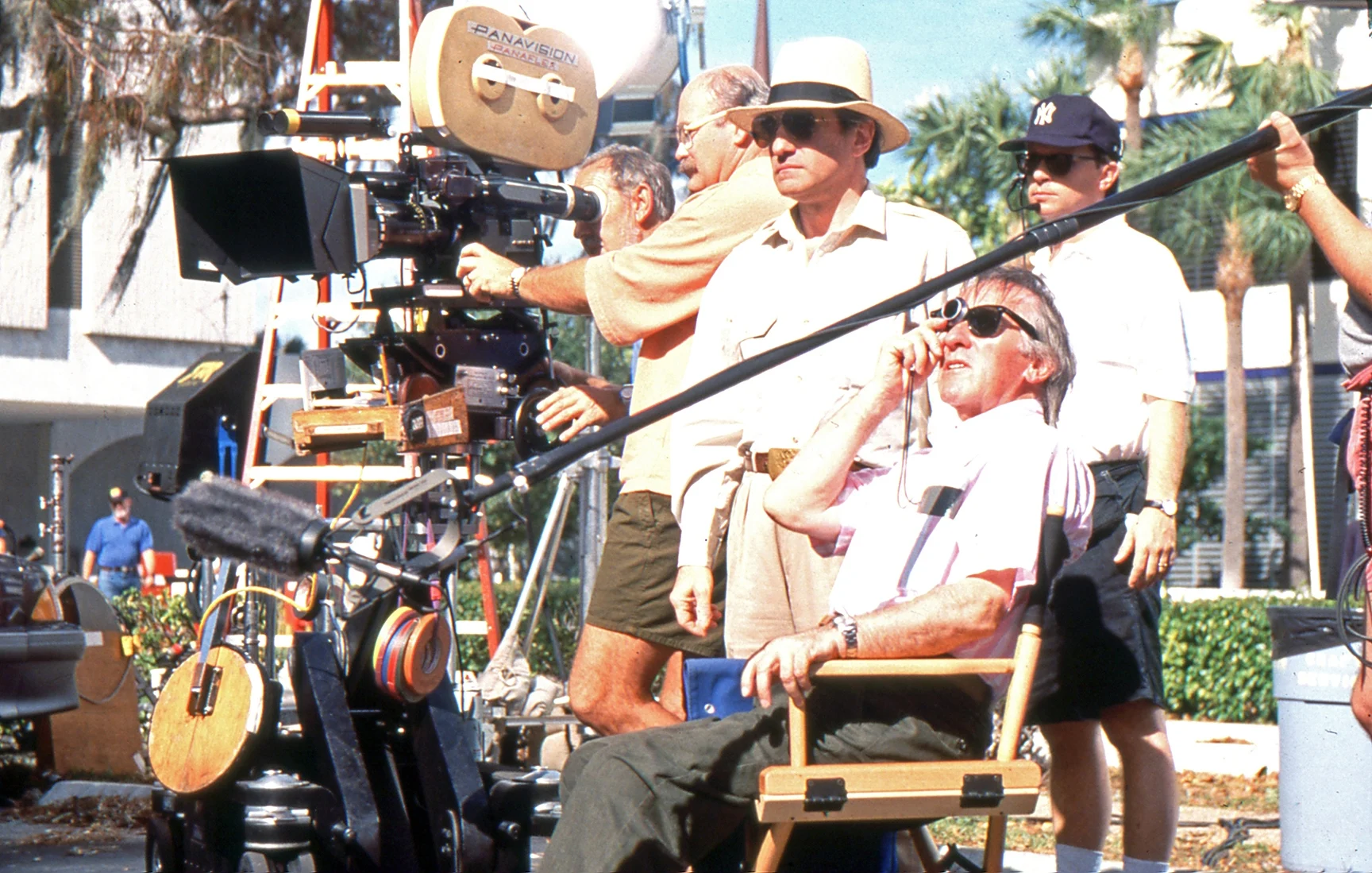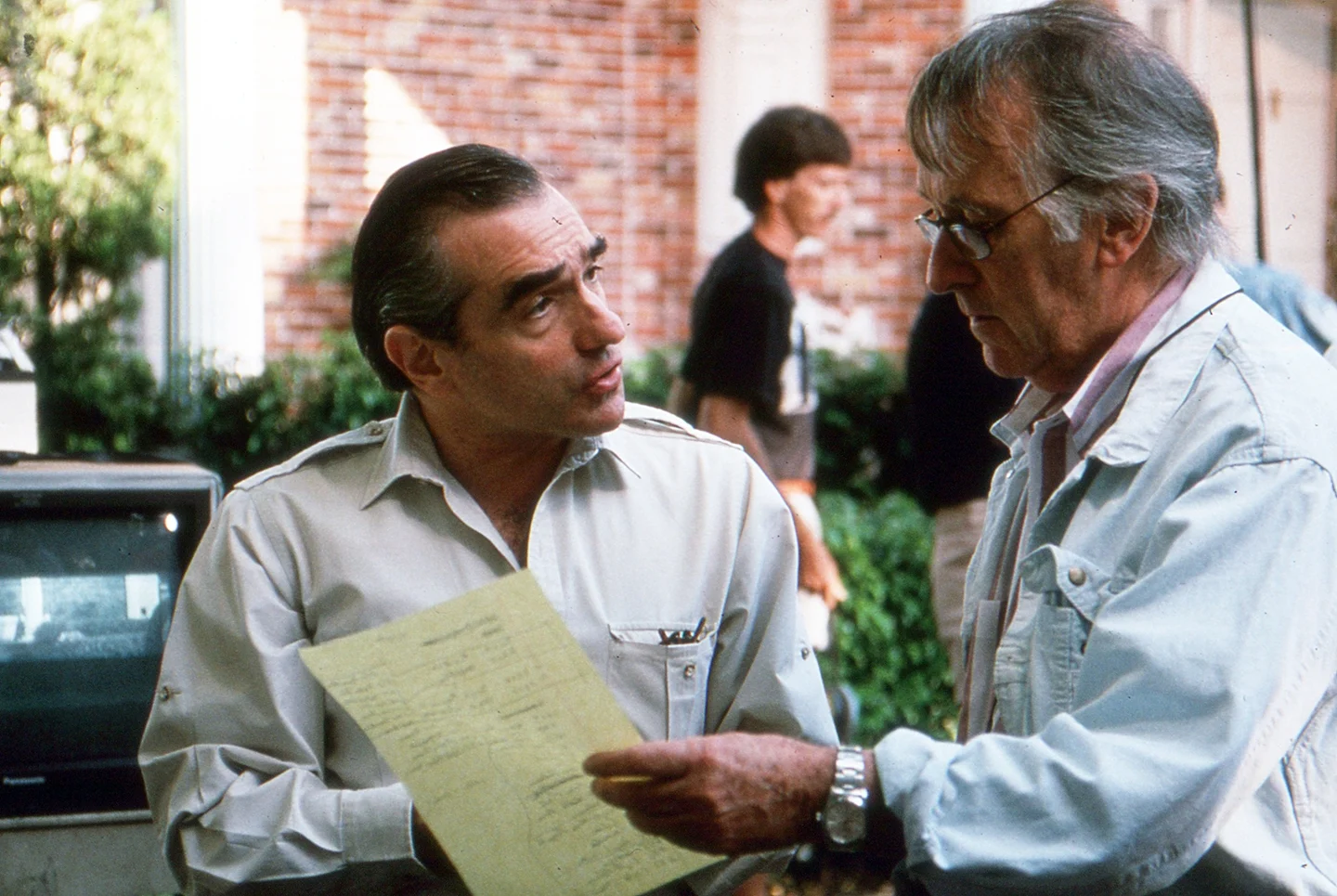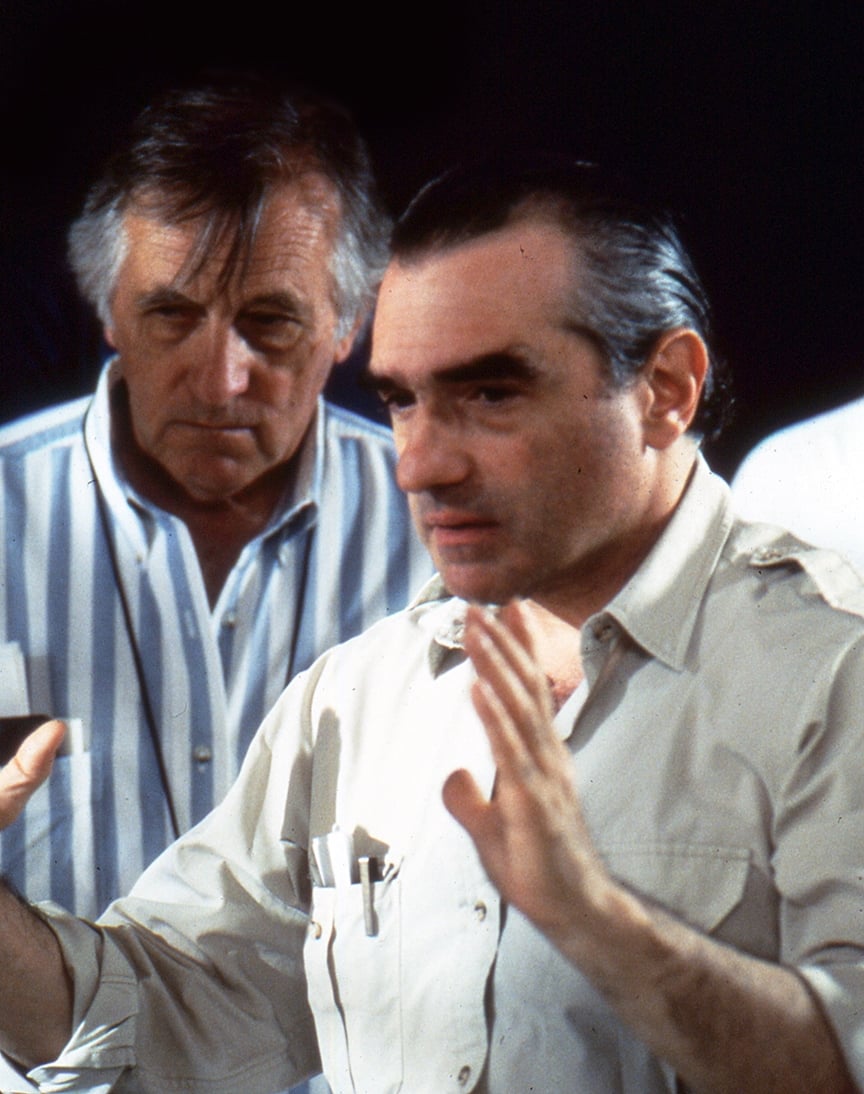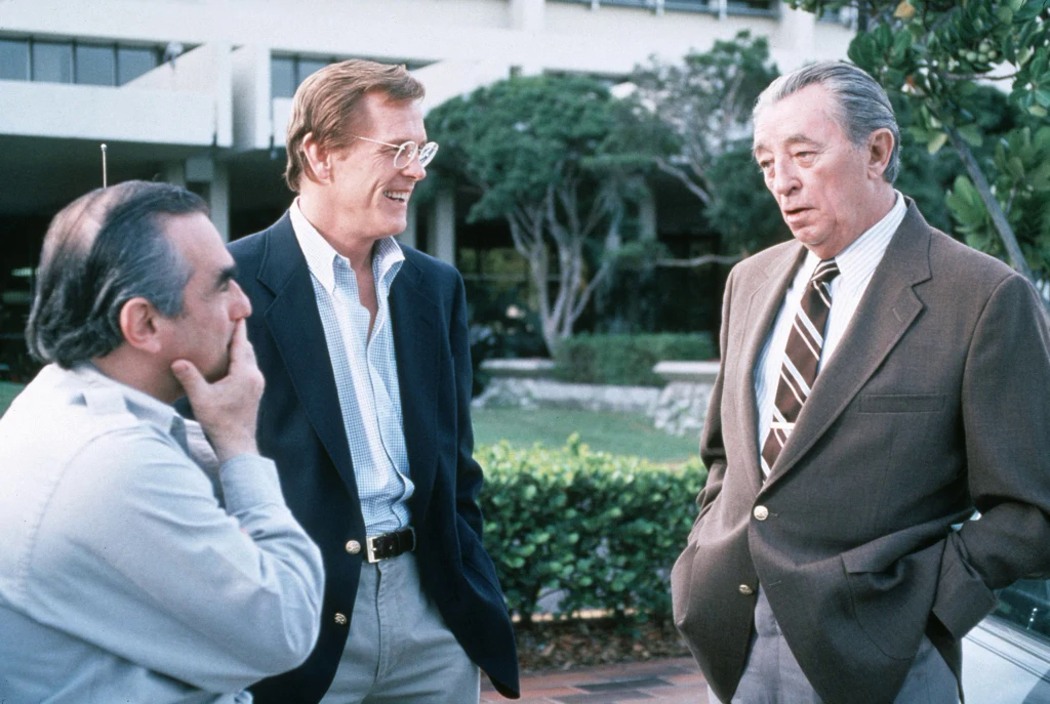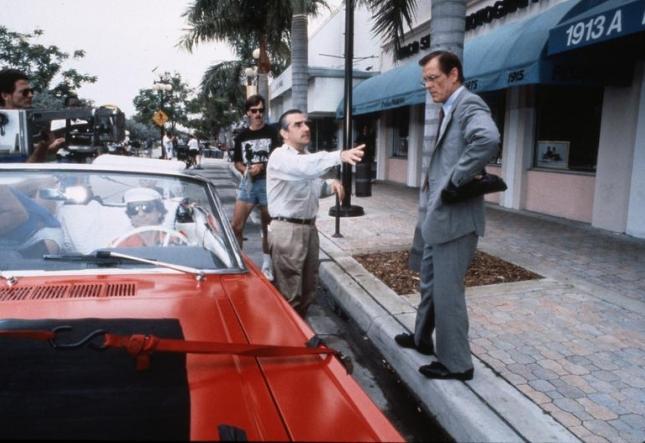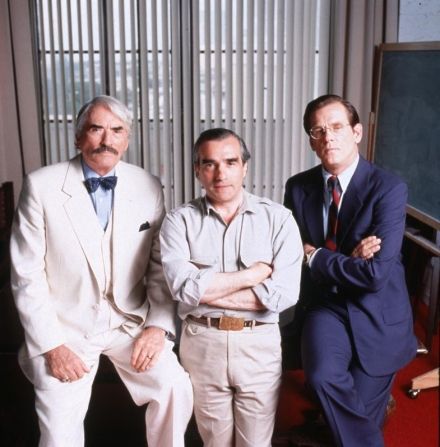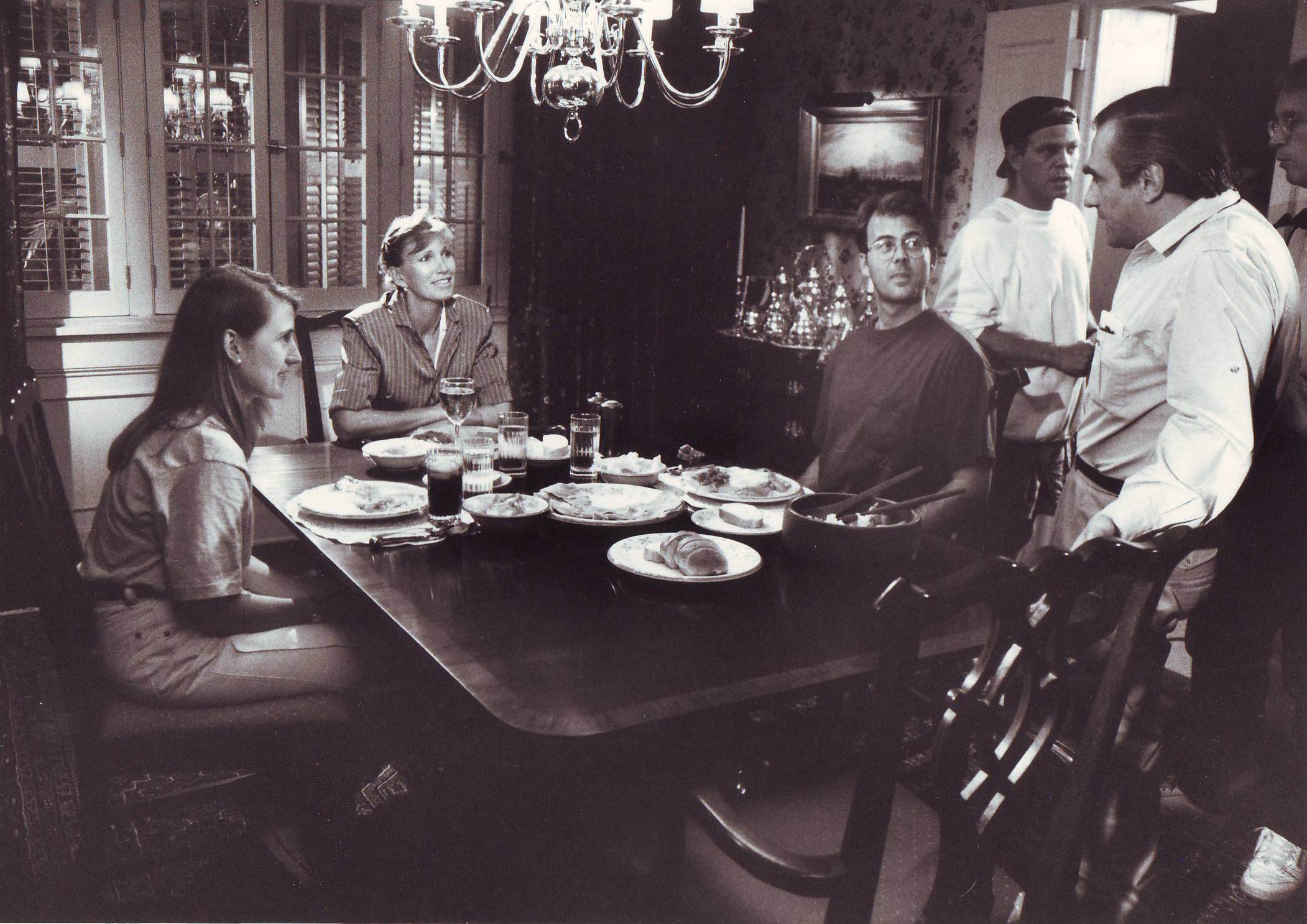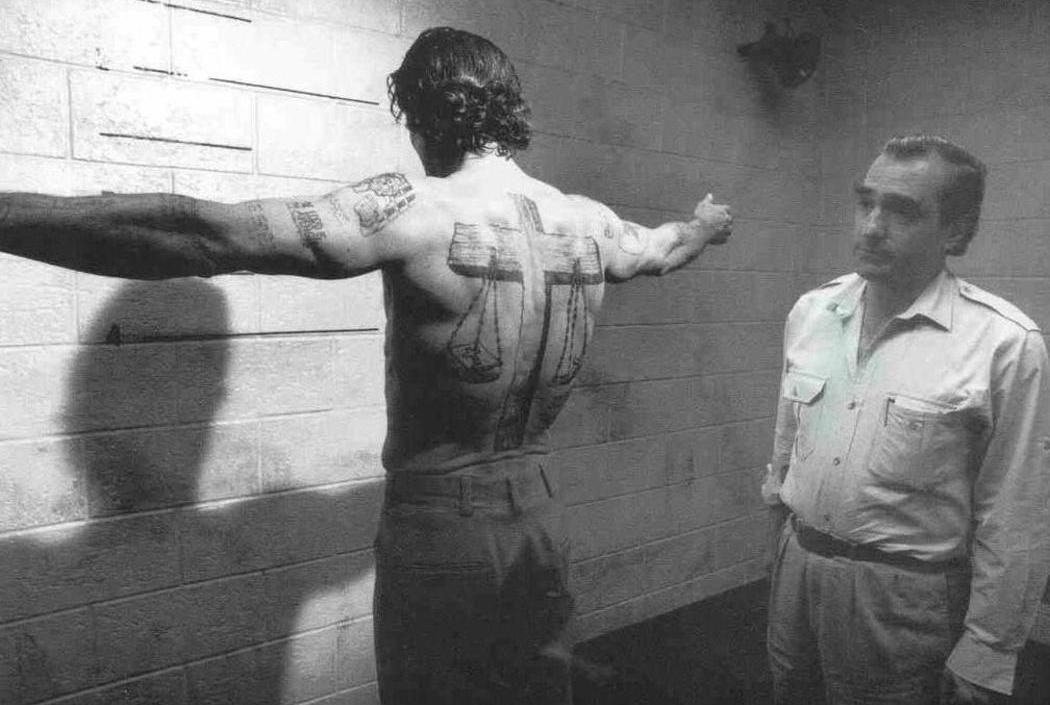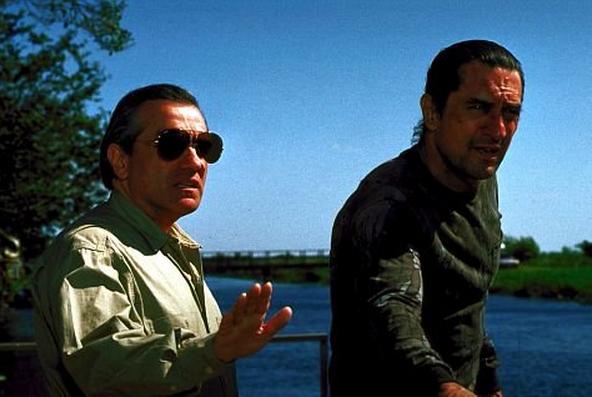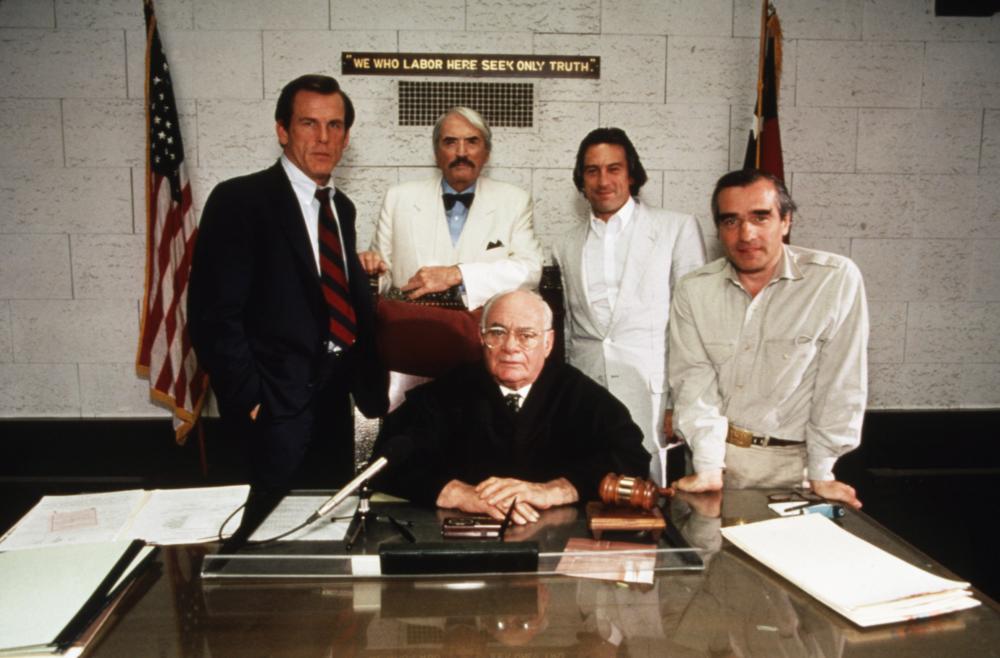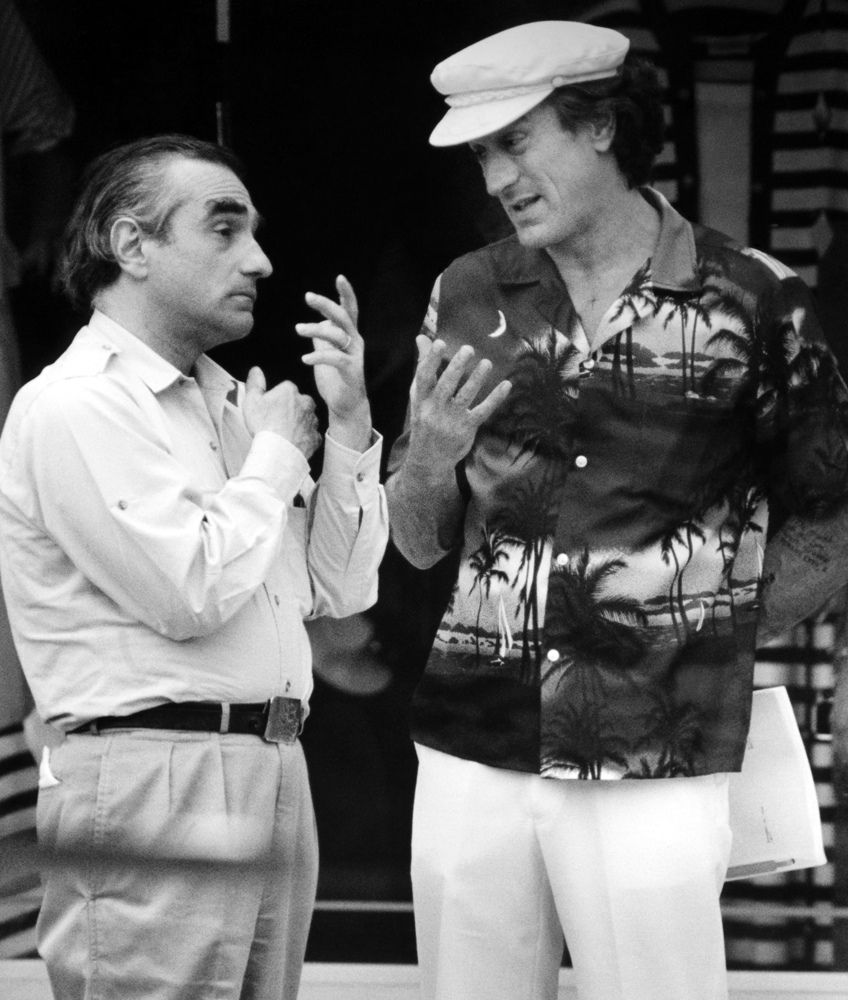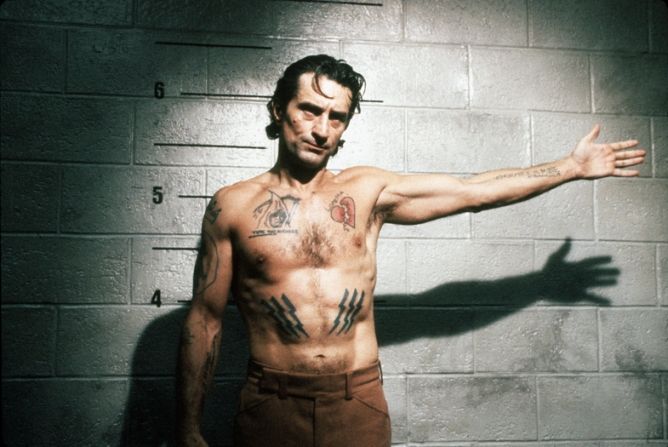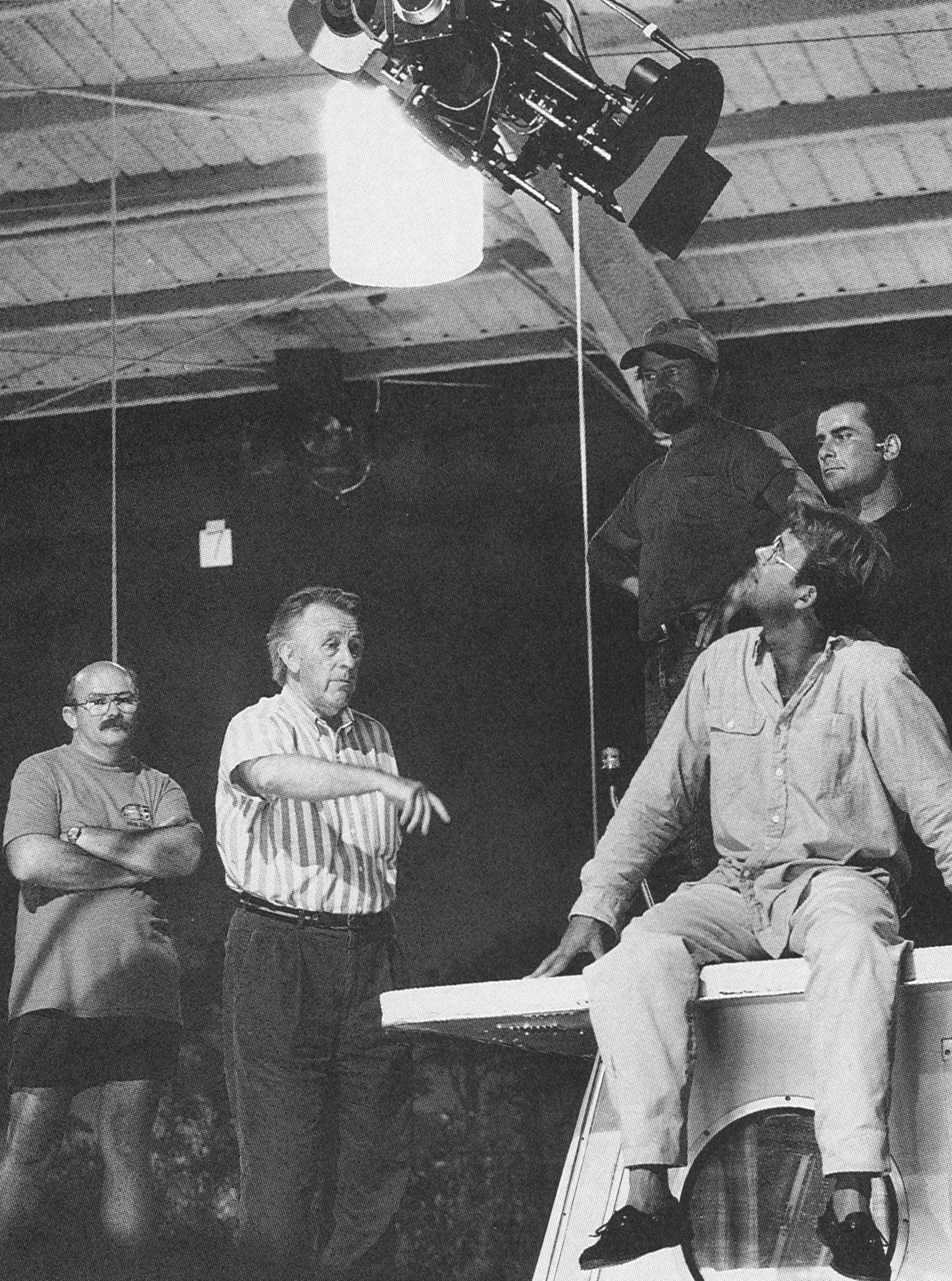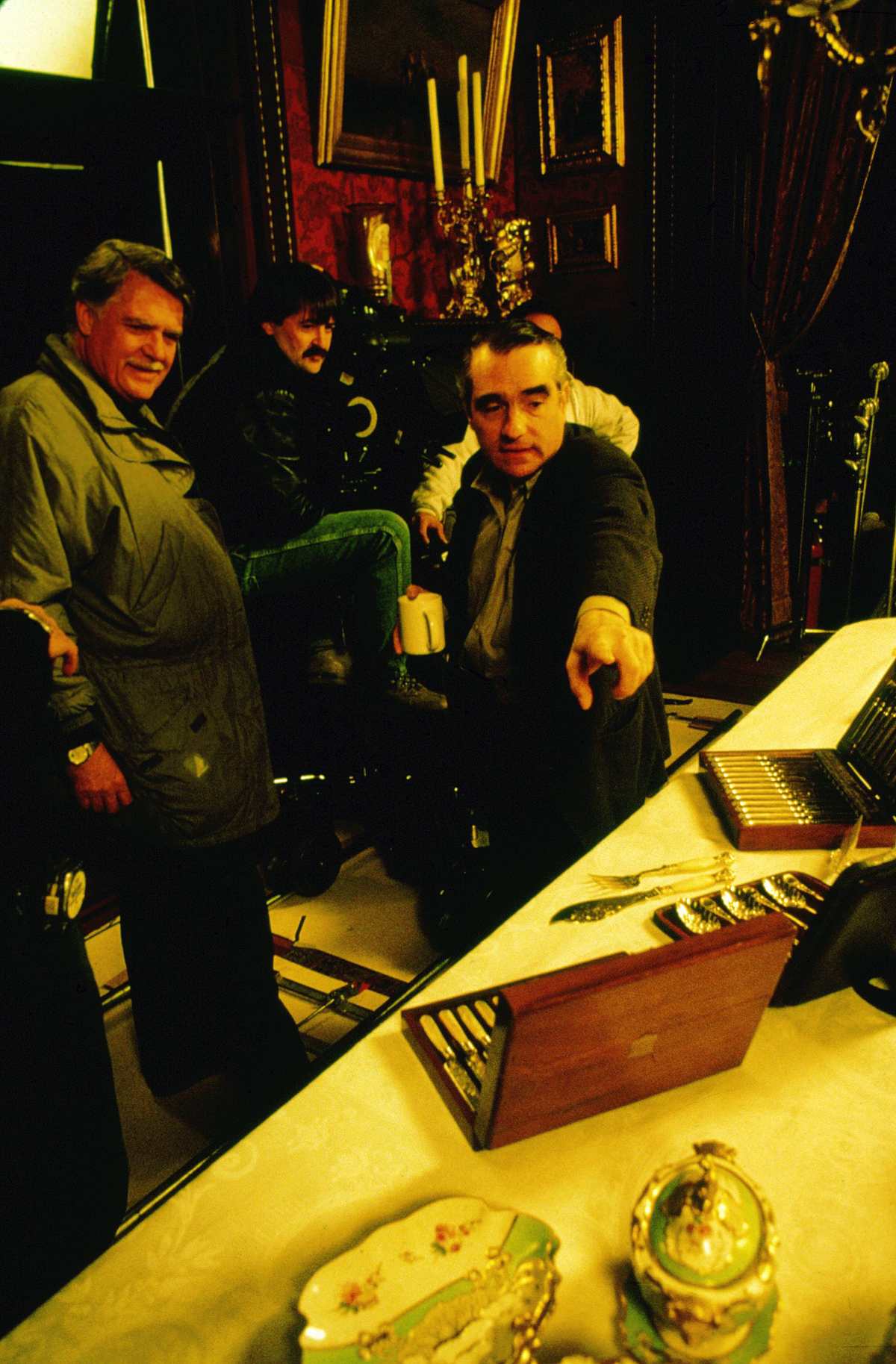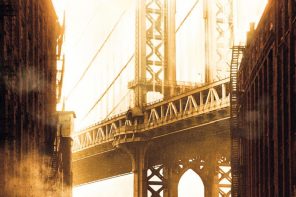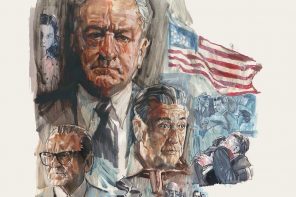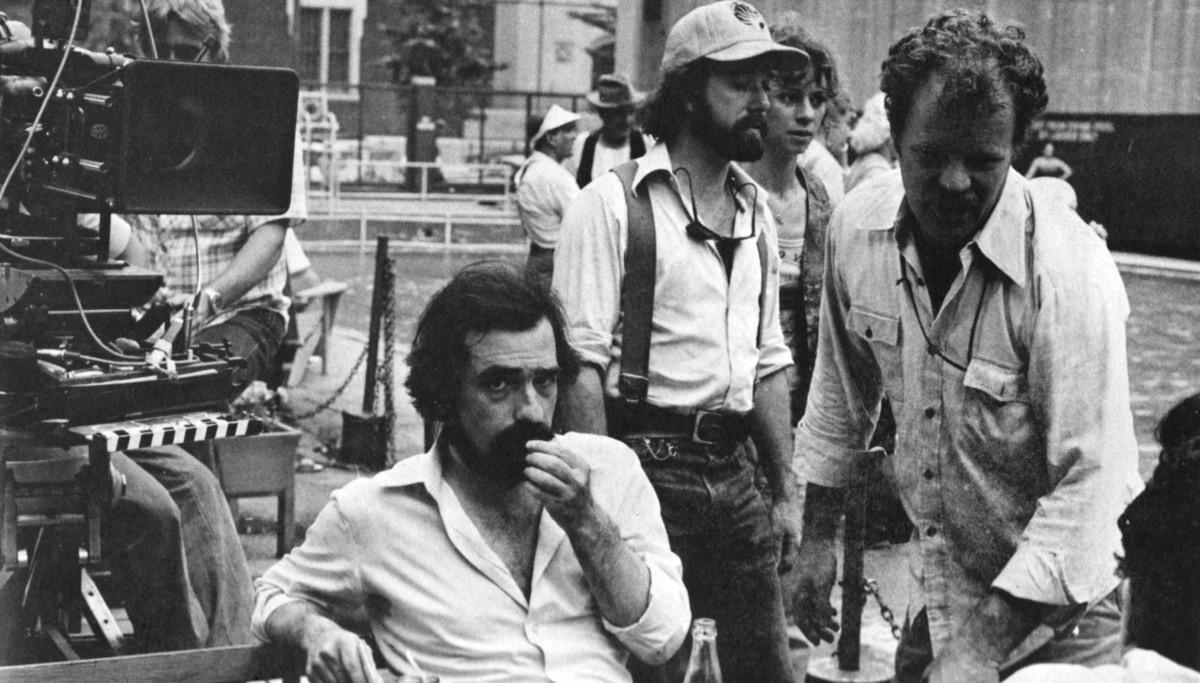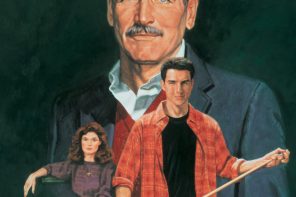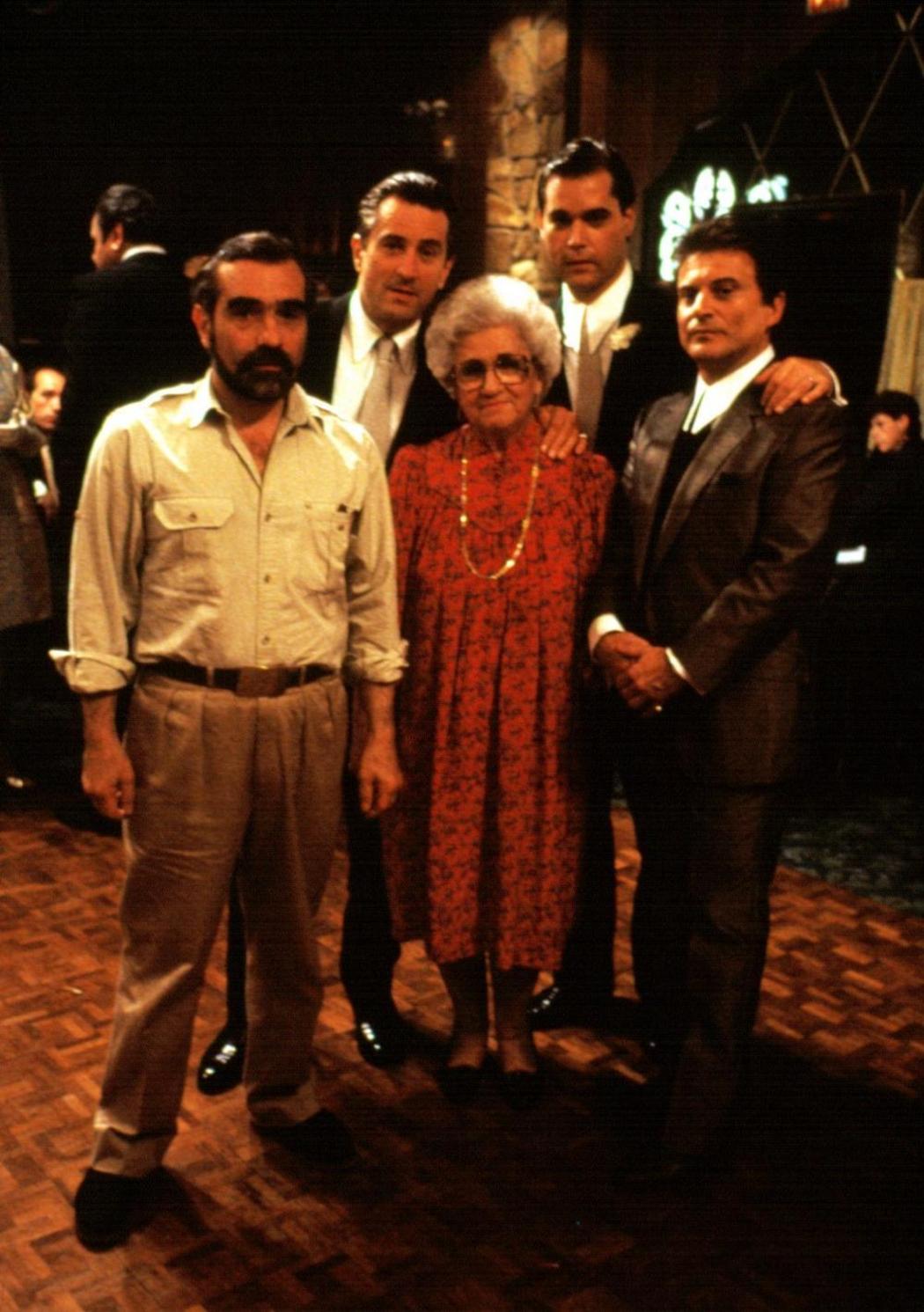By Sven Mikulec
Back in 1962, J. Lee Thompson made a cinematic adaptation of John D. MacDonald’s novel The Executioners. Written by James R. Webb, Cape Fear starred Gregory Peck, Robert Mitchum and Polly Bergen, with its dark story of a released prisoner eager to exact his revenge on the lawyer he finds responsible for his conviction Cape Fear was a critical success. Almost three decades later, Martin Scorsese was approached by Steven Spielberg and agreed to film a remake. Hardly would a man of Scorsese’s reputation and talent agree to such a job if he didn’t feel he had something new and different to say on the subject. Scorsese, with abundant help from Wesley Strick’s excellent screenplay, wanted to add some depth to the rather simplistic, black-and-white depiction of vigilante violence of the original, he chose to make the story more complex, to transform the characters into full-blooded human beings with flaws, guilt and inner conflicts.
Reunited with Robert De Niro, who delivered one of the most inspiring portrayals of psychopaths with a grain of Travis Bickle, the legendary filmmaker succeeded in accomplishing what he set out to do. His Cape Fear is haunting, disturbing, psychologically nuanced. His Cape Fear is an intimate and precise exploration of emotional turmoil of the seemingly calm and safe family at the heart of the film. His Cape Fear, thanks to wonderfully dedicated effort of De Niro, Nick Nolte, Jessica Lange and Juliette Lewis, is one of the best thrillers of the last decade of the 20th century. His Cape Fear, furthermore, delivers an unselfish nod to the original that inspired it: as Scorsese cast Mitchum, Peck and Martin Balsam in small roles, the new Cape Fear paid its due respect to J. Lee Thompson’s effort that gave birth to it.
Unlike in the original version, the central character of Sam Bowden, the lawyer who becomes the target of a released rapist’s revenge, is a deeply flawed man who bears great responsibility for bringing his family to the verge of collapse and disintegration even before the violent psychopath joins the show. Psychologically tortured and constantly taunted by De Niro’s Max Cady, Nolte’s Bowden is a man hiding behind the seemingly impenetrable façade of the law and rules that hold society in check. As the walls of his illusionary world come crumbling down, he’s not only forced to make amends for the mistakes he’d done in his past, but also to come to terms with a simple yet painful fact that, despite all the artificial mechanisms of control, man is still as much an animal as he ever was. Cape Fear, therefore, functions extraordinarily well both as a tense thriller and a deeper study of human nature. This complexity of plot and characters, this ambiguity of characterization and the inversion of predetermined roles once held as the truth, this is Cape Fear’s greatest selling point. This and, of course, an unforgettable deliverance from De Niro, is more than enough justification for Scorsese’s decision to tamper with a beloved classic.
A monumentally important screenplay. Dear every screenwriter/filmmaker, read Wesley Strick’s screenplay for Cape Fear [PDF]. (NOTE: For educational and research purposes only). The DVD/Blu-ray of the film is available at Amazon and other online retailers. Absolutely our highest recommendation.
 Loading...
Loading...
A former rock journalist, Strick had co-authored the script for ARACHNIPHOBIA when he was contacted to adapt the J. Lee Thompson thriller CAPE FEAR for Amblin Entertainment. On the film’s set in 1991, Strick recalled how he first rejected the idea of working on the film. —Interview With Screenwriter Wesley Strick
Wesley Strick recalled, “Every scene of Bob’s, he would call me and say, ‘Can Max say something else here about vengeance, from the Bible?’” De Niro also worked closely with Scorcese and artist Ilona Herman to identify Bible verses and designs for Cady’s extensive tattoos. Cape Fear did not offer viewers a traditional Bible story. Indeed, Cady’s use of the Bible was troubling for many audiences, and it contributed to the tension of the film. One critic observed, “The dissonance between the cultural expectations we associate with the Bible and our immediate perception of this character [as evil] contributes to the sustained horror of the film.” —Robert De Niro’s King James Version-inspired tattoos in Cape Fear
RETURN TO CAPE FEAR: ON LOCATION WITH MARTIN SCORSESE
“He’s using very dramatic camera moves, deliberately making them more visible to the eye,” says Thelma Schoonmaker, the editor with whom Scorsese has worked almost exclusively in recent years. “Marty says, ‘I like to grab them by the back of the neck and say, ‘Look at this! and Look at that!’ And so he’s doing a lot more of that kind of stuff here, and he can get away with it more because it is a thriller. I can feel it in the dailies already—I feel a tremendous amount of tension.” Some of the techniques being considered or tested on this production are, of course, subject to change or further revision. Schoonmaker speaks of how, because of the wealth in the performances, a split-screen might be used on occasion to keep all the actors visible in a scene. Francis also is considering using special filters (as he had done on the Jack Clayton film The Innocents) that selectively shade those areas of the wide-screen frame that are not the center of interest to make them murkier, more mysterious.
Perhaps the most intriguing aspect of experimentation may be in the music, a key element in most films, and particularly potent in thrillers. “The music from Psycho keeps coming to mind the past few days,” admits Scorsese. “Scenes remind me of that Bernard Herrmann music in the background, very soft. You can feel that; it goes through my head constantly.” Herrmann—whose last score before his death in 1975 was for Scorsese’s Taxi Driver—composed one of his more chilling pieces for the original Cape Fear, and his compositions will be used again in this version, with the original score reorchestrated and re-cued by Elmer Bernstein, whose credits include the Scorsese-produced The Grifters.
As he nears the end of shooting and prepares for editing this journey into fear, Scorsese pondered the ephemeral, elusive quality of film, and of the dreams and nightmares which Cape Fear may come to represent. “Movies to me are a real dream state, they’re much more real to me than people on the stage. The people on stage I know are really there. There’s only a few people I’ve seen over the years in a theater that make you forget that they’re real up there. “Dreams,” he asserts, “are more real to me.” And so are nightmares. —Return to CAPE FEAR: On Location With Martin Scorsese
INTERVIEW WITH EDITOR THELMA SCHOONMAKER
With a background in documentary film (she was one of the principal editors of Michael Wadleigh’s Oscar-winning WOODSTOCK), Thelma Schoonmaker has shared in the creation of Martin Scorsese’s films as far back as his first feature, WHO’S THAT KNOCKING AT MY DOOR, and has been his regular editor since RAGING BULL. This conversation is comprised of two interviews, the first in January 1991, in the editing suite set up in a Fort Lauderdale office building during filming of CAPE FEAR. With the innocuous image of a teddy bear frozen on her flatbed editing table, Schoonmaker spoke of the working relationship Scorsese has had with her and what exactly she feels she contributes to his films. “I’m so lucky. I keep wondering when someone is going to murder me so they can get my job!” Laughing, she then turns that devilish plot in her mind to its perhaps inevitable conclusion: “Marty’d make a movie about that.” —Interview with Editor Thelma Schoonmaker
CINEMATOGRAPHER FREDDIE FRANCIS ON SHOOTING CAPE FEAR
For cinematographer, Scorsese chose Freddie Francis, BSC. “The main thing was Freddie’s understanding of the concept of the Gothic atmosphere,” Scorsese explained. “He knows the atmosphere that I want for this picture. He knows the lighting—whatever it takes to get that incredible, Gothic thriller look. He understands the obligatory scene of a young maiden with a candle walking down a long hall towards a door. ‘Don’t go in that door!’ you yell, and she goes in! Every time she goes in! So I say to him, ‘This has to look like The Hall,’ and he understands that.” Francis was interested in working with Scorsese, but was also drawn to the project by his memories of the original CAPE FEAR. “Funny enough, though I didn’t remember the original picture in detail, thinking back I remembered the mood of it, and as far as I’m concerned a very important part of any picture is if it captures a mood. I don’t want to do a film unless I’ve got a chance to create a mood and an atmosphere, which is what I think my job is,” he states. “Anybody can photograph a film — you can just put lights on and make an exposure. I want the challenge of creating an atmosphere and the right frame for the director.”
—Cinematographer Freddie Francis on Shooting Cape Fear
Storyboards dreamed up by Martin Scorsese and drawn by illustrator Joseph F. Griffith promise a thrill-packed, extremely kinetic climax. Freddie Francis noted that Scorsese adhered as faithfully as he could to these cinematic blueprints.
INTERVIEW WITH COMPOSER ELMER BERNSTEIN
“The wonderful thing that film music can always do is [to be] not totally explicit, to get behind and inside the characters so to speak,” says Elmer Bernstein, composer for the Martin Scorsese remake of Cape Fear. “Curiously enough, I think that the score of Cape Fear does that—not in terms of the characters so much, but the overall feeling of the music to me feels inside the film, not on top of it.” Though “inside,” the music does stand out from the film, as it did in the 1962 original. Composed by Bernard Herrmann, that picture’s score reflected the black-and-white schematics of the story about an ex-con seeking revenge; shrieking violins matched the furor of Robert Mitchum in his attempts to brutalize Gregory Peck and his family. Scorsese, who very often incorporates pre-existing music in his films, knew early in the shooting that his remake would retain the original score. While he did not shoot to playback (as he had with sequences of GOODFELLAS), Scorsese spoke on the set of how Herrmann’s music for PSYCHO and other black-and-white classics seemed to color the air during the filming. “PSYCHO of course is fantastic,” he said. “THE GHOST AND MRS. MUIR is very sad, beautiful. His music really got to me after VERTIGO and MARNIE. I think [that] was when I realized the sense of ruin, sadness, melancholy, fear and anxiety — and that was really terrific! ” [Ironically, Herrmann’s last film score, which he finished recording in Los Angeles the day he died, was for Scorsese’s TAXI DRIVER.] —Interview with Composer Elmer Bernstein
Mark Cousins interviews Martin Scorsese for Scene by Scene. This is a 5 part video that will satisfy your thirst for Scorsese insights.
Here are several photos taken behind-the-scenes during production of Martin Scorsese’s Cape Fear. Photographed by Phillip V. Caruso. Intended for editorial use only. All material for educational and noncommercial purposes only.
If you find Cinephilia & Beyond useful and inspiring, please consider making a small donation. Your generosity preserves film knowledge for future generations. To donate, please visit our donation page, or donate directly below:


